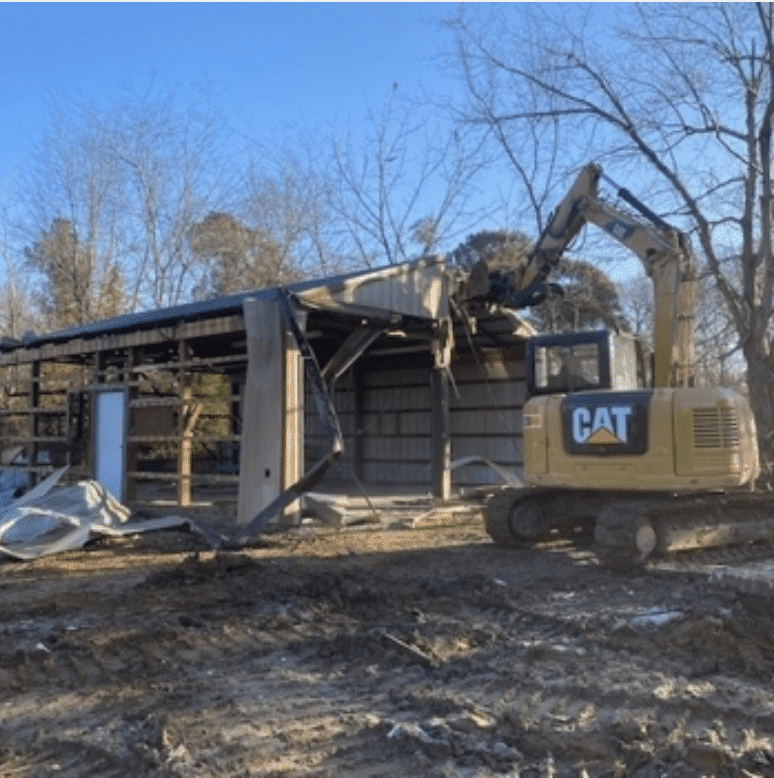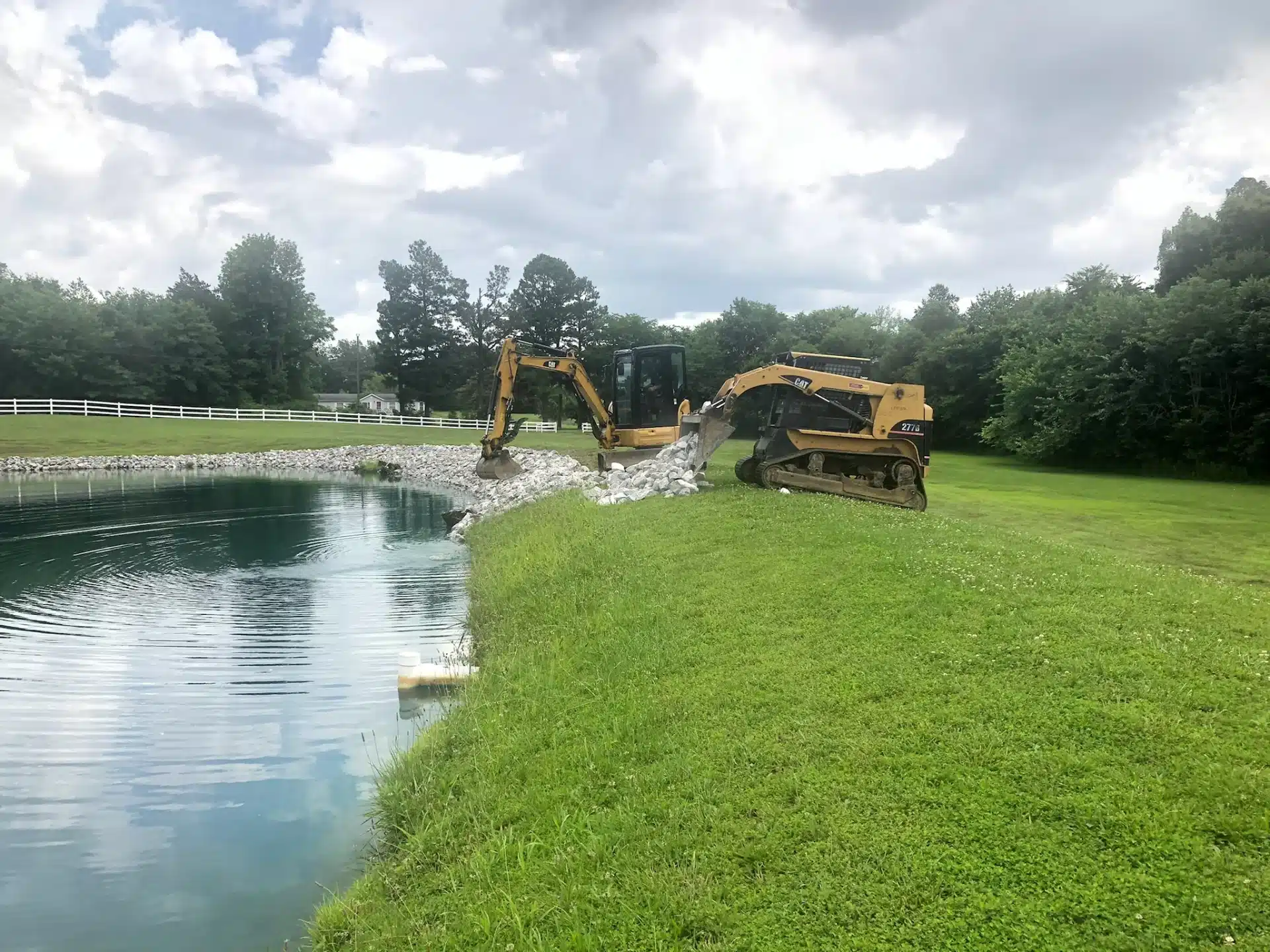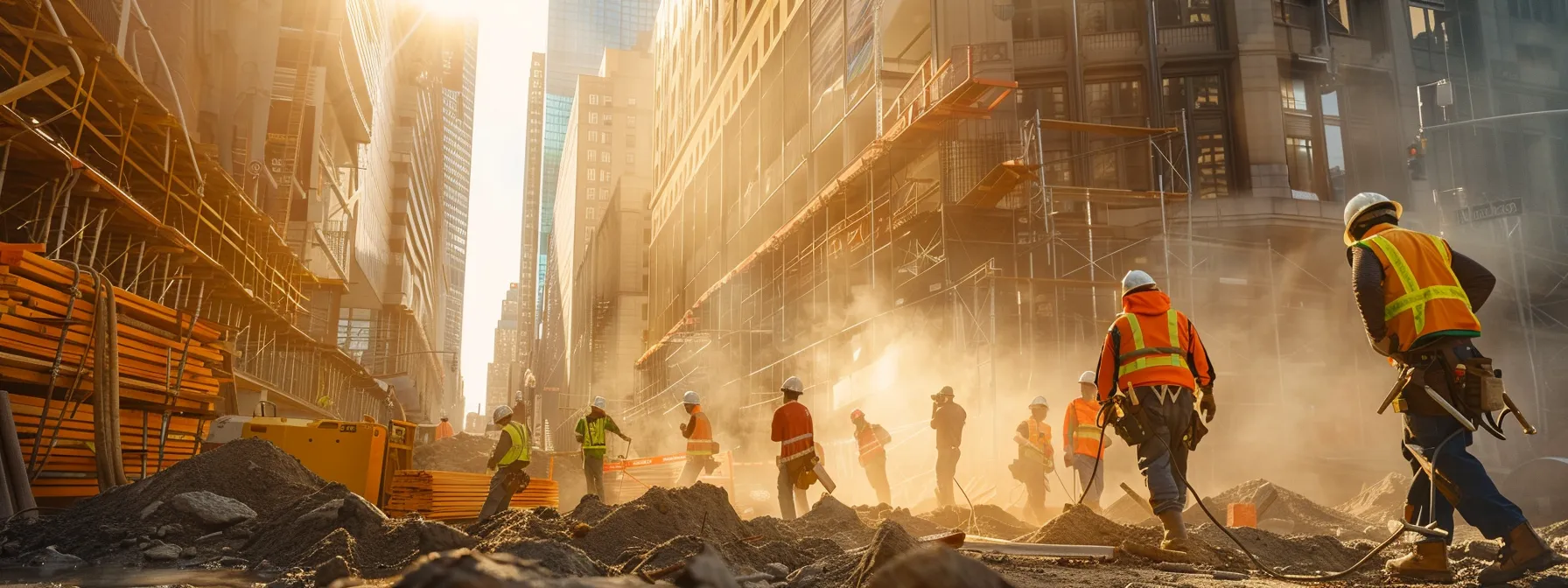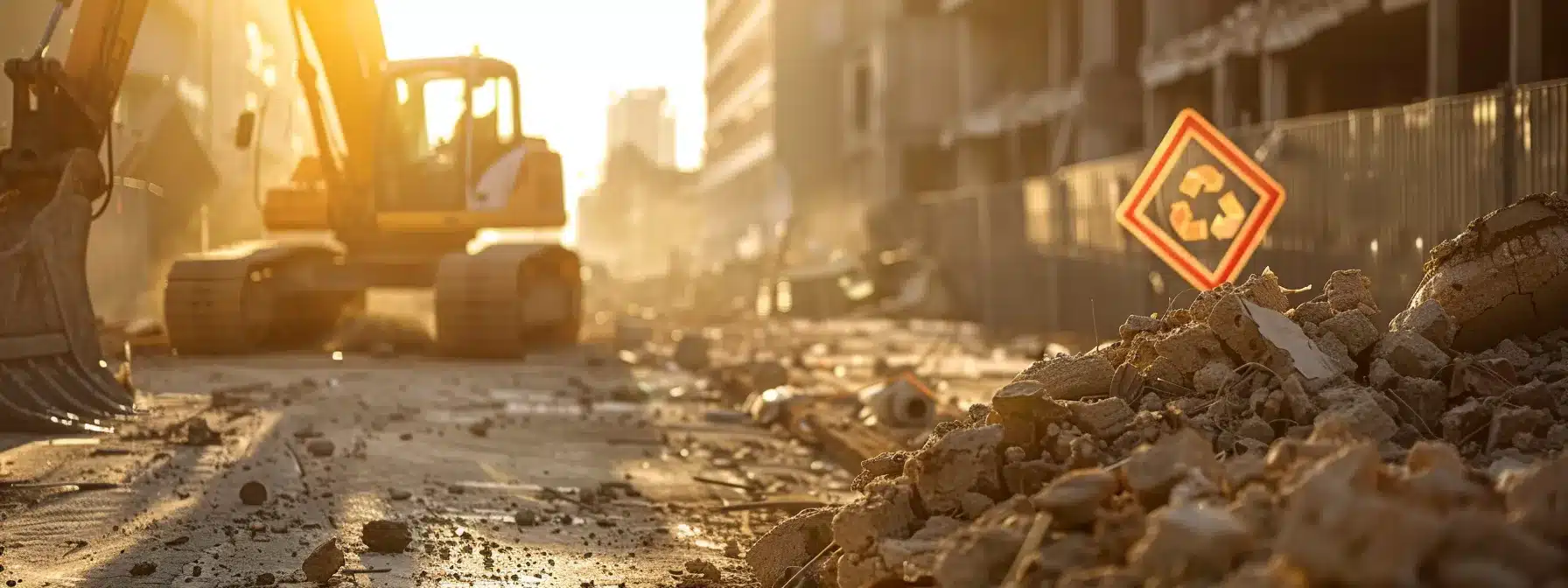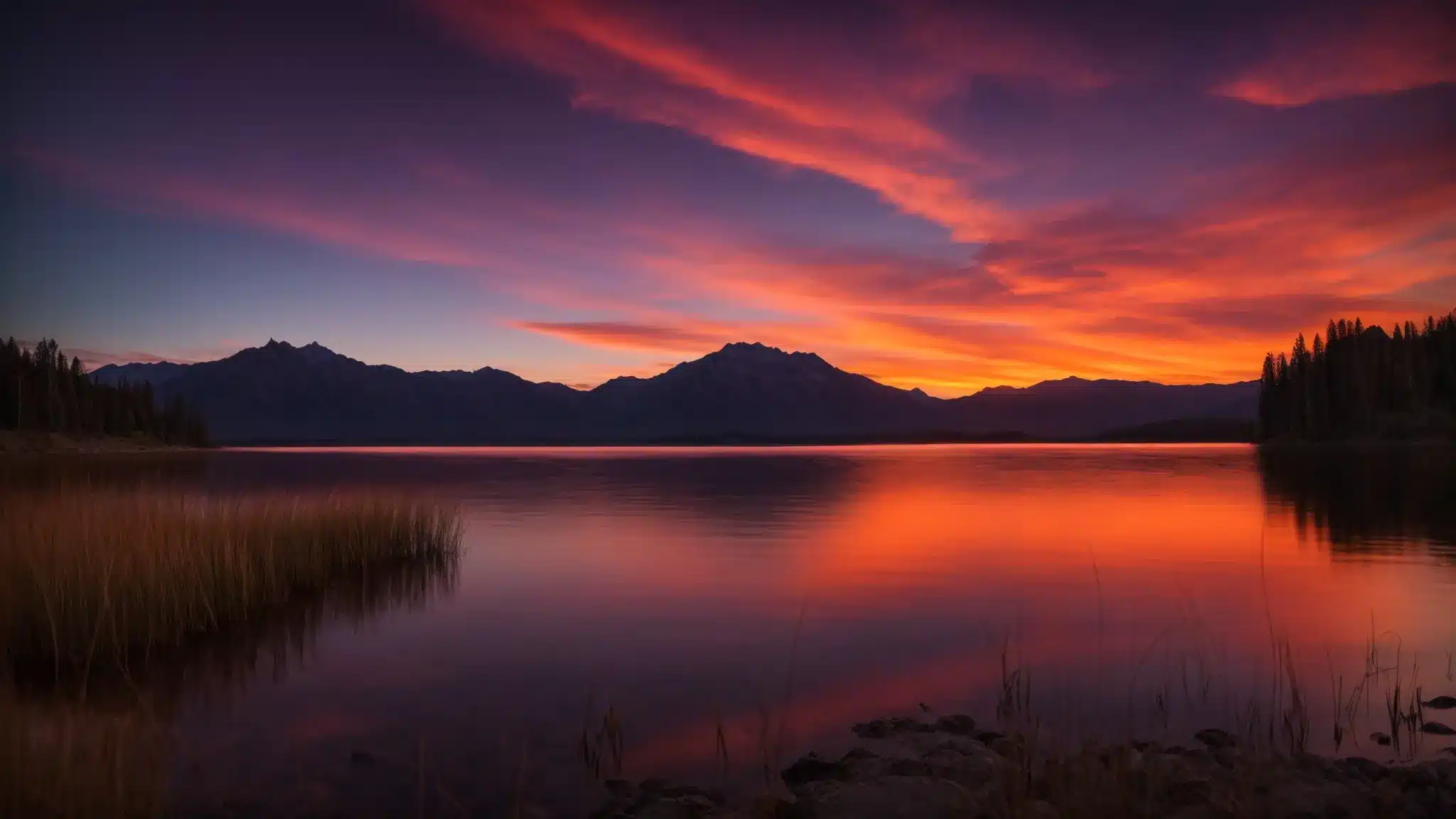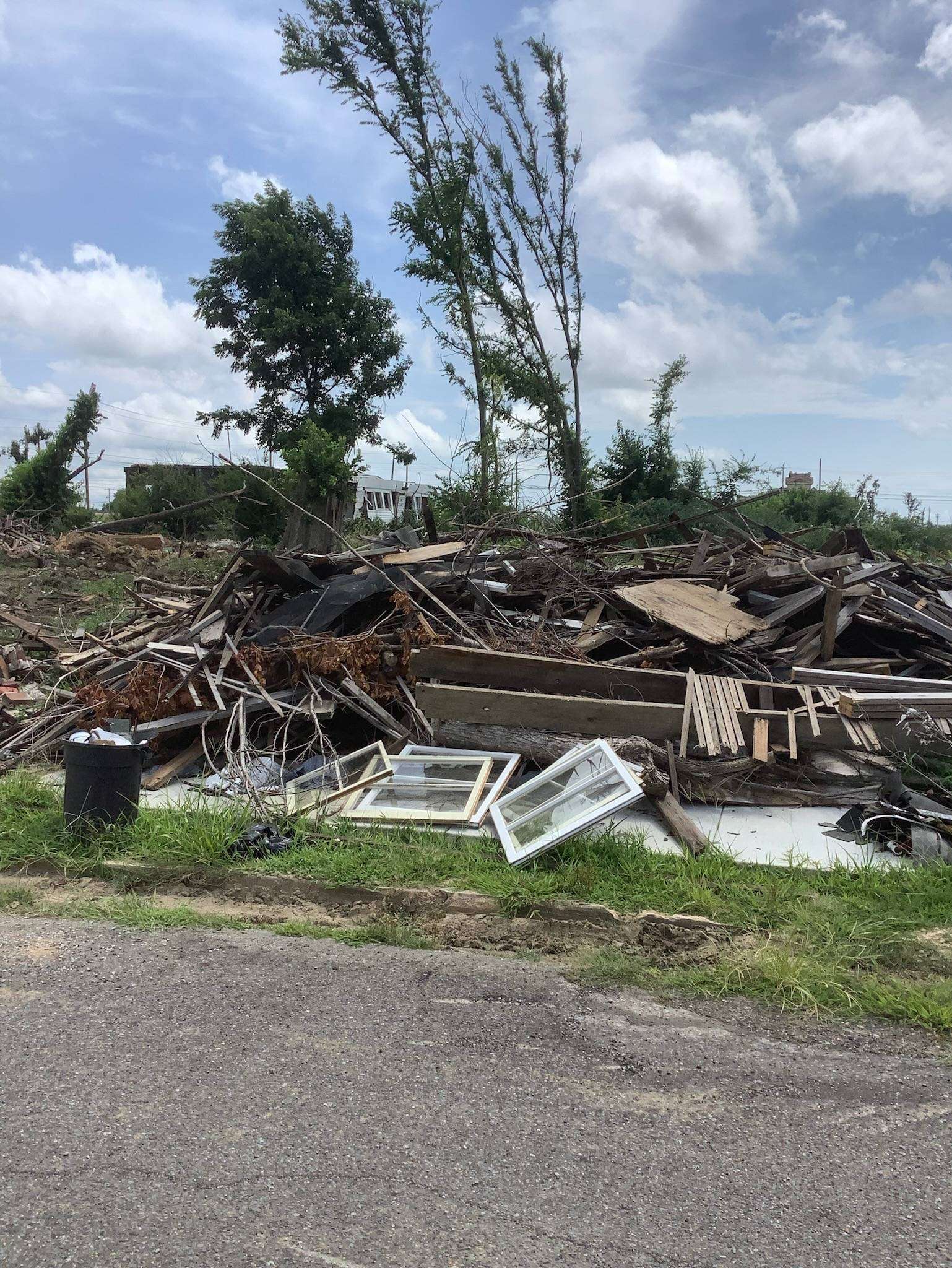Erosion is not only an inconvenience but also a considerable problem in many parts of the world. As the name implies, erosion occurs when the soil gets eroded away (i.e., removed). Erosion can be caused by wind, water, gravity (i.e., slippage), or some combination of all three factors. There are many types of erosion — from landslides to mudslides to streambank erosion. If you are interested in preventing erosion, then this article should be helpful for you.
What Is Erosion and What Causes It?
Erosion is the gradual wearing away of land over time caused by water, wind, and other natural forces. Erosion occurs when the outermost layer of soil is worn away by wind or water. As this happens, the underlying soil becomes exposed to these same forces and is also gradually removed from the surface. Over time, this process can cause significant property damage and even lead to serious environmental issues.
What Are the Impacts of Erosion?
Erosion can significantly impact your landscape, especially if you are near water or live in an area with frequent storms or heavy rainfall. There are five types of erosion.
Splash Erosion
Splash erosion occurs when raindrops fall onto dry ground and cause small impact craters that disintegrate into splashes of mud.
Sheet Erosion
Sheet erosion occurs when water flows over a surface and carries debris with it, leading to damage to plants and buildings.
Rill Erosion
Rill erosion is caused by water flowing along a surface, creating small channels called rills that eventually merge together into gullies if left untreated.
Gully Erosion
Gully erosion occurs when rainwater flows down a slope in a channel cut into the topsoil by runoff from previous rains or snowmelt in the springtime.
Mass Wasting
Mass wasting refers to landslides (also known as mudslides) that occur when loose soil slides downslope due to gravity after being loosened by heavy rains. When rain falls on bare soil, it can create small puddles that eventually grow into large ponds that are difficult to contain and control. These ponds have no outlet, so they keep growing until they overflow their boundaries, destroying their paths. Landslides occur when hillsides cannot support the weight of materials above them, so they collapse, sending tons of earth into valleys below. Mudslides occur when wet soil becomes unstable, causing massive amounts of material to break free from its base, sending it careening down hillsides toward nearby homes and buildings.
The Impacts of Erosion: Understanding the ConsequencesResult of Erosion
When erosion occurs at an accelerated rate, it can lead to the loss of entire sections of land or even entire islands. This happened during Hurricane Sandy in 2012, when a large section of Staten Island was lost due to storm surges and waves caused by high winds during a hurricane. In 2018 and 2019, weather conditions led to significant coastal erosion along the southern coast of England (including Cornwall), damaging homes and businesses and even destroying some roads entirely.
How To Prevent Erosion
The best way to prevent erosion is to take steps before any new development occurs. There are several types of erosion control methods that can be used, including:
Baffles and Barriers
If there are areas where water flows across a slope, erosion can occur. A baffle is a small structure placed in these areas to stop water from flowing there. For example, if you have a gutter that collects rainwater from your roof, you may want to place a small dam at the end so that any excess water flows over it instead of into your yard.
Riprap
Riprap is another way to prevent erosion. A riprap is a large rock used as a barrier between the land and water. The rocks are placed along the shoreline or along slopes where erosion has occurred so that they can protect the soil from being washed away by water or wind.
Plants
Plants help prevent erosion by holding onto the soil with their roots and providing shade to protect against evaporation. Turf grass is also an excellent choice for erosion prevention because it grows quickly and thrives under various conditions. If you want to plant new turf grass, choose varieties that are well-adapted to your local climate zone so they will be able to withstand drought and other adverse conditions.
Turf Grass
Turf grass is a popular choice for erosion control because it’s inexpensive, easy to install and maintain, and requires little maintenance once established. Turf grasses grow quickly, forming dense mats that help hold soil in place during heavy rains or high winds. However, turf grass does require frequent watering and fertilizing during periods of drought or extreme heat so it can stay healthy and green throughout.
Supreme Enterprises LLC
There are many measures to take when attempting to prevent erosion. Many alternatives and additional steps can also be taken if the topsoil is already eroding. Although there is no absolute defense against erosion, it is possible to slow it down and manage it in a way that does not endanger people or properties. Supreme Enterprises, LLC can partner with you on a solution to prevent erosion. The solution will be tailored to your property needs.

